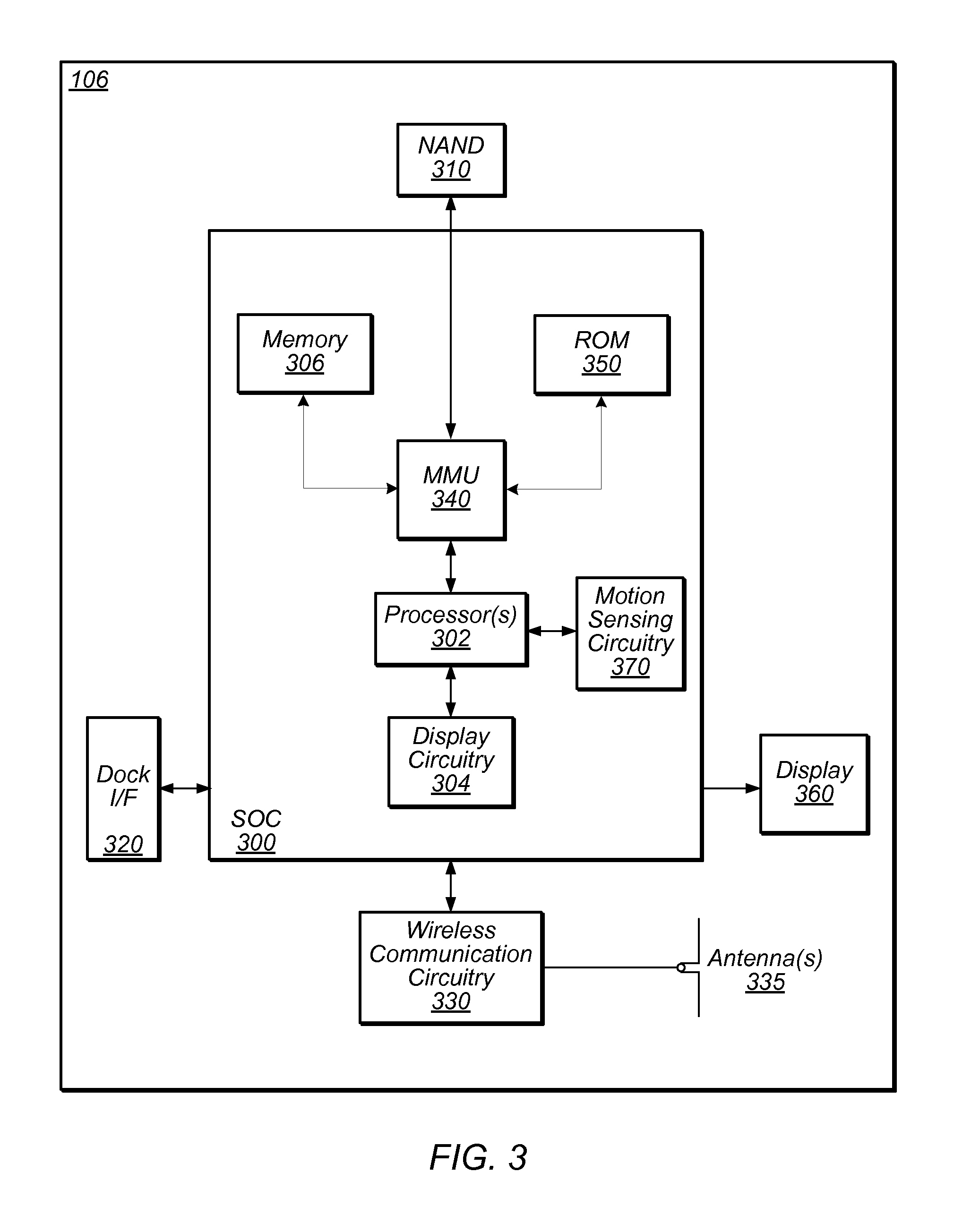Dynamic aggression management of cellular connectivity
a technology of cellular connectivity and dynamic aggression, applied in the direction of connection management, climate sustainability, high-level techniques, etc., can solve the problems of difficulty in obtaining service or losing service, wireless devices,
- Summary
- Abstract
- Description
- Claims
- Application Information
AI Technical Summary
Benefits of technology
Problems solved by technology
Method used
Image
Examples
Embodiment Construction
Acronyms
[0019]The following acronyms are used in the present disclosure:
[0020]UE: User Equipment
[0021]BS: Base Station
[0022]RAT: Radio Access Technology
[0023]3GPP: Third Generation Partnership Project
[0024]3GPP2: Third Generation Partnership Project 2
[0025]GSM: Global System for Mobile Communication
[0026]UMTS: Universal Mobile Telecommunication System
[0027]LTE: Long Term Evolution
[0028]RACH: Random Access Procedure
[0029]RNTI: Radio Network Temporary Identifier
[0030]RA-RNTI: Random Access RNTI
[0031]C-RNTI: Cell RNTI
[0032]TC-RNTI: Temporary Cell RNTI
[0033]TMSI: Temporary Mobile Subscriber Identity
[0034]S-TMSI: System Architecture Evolution TMSI
Terms
[0035]The following is a glossary of terms used in the present disclosure:
[0036]Memory Medium—Any of various types of non-transitory memory devices or storage devices. The term “memory medium” is intended to include an installation medium, e.g., a CD-ROM, floppy disks, or tape device; a computer system memory or random access memory such as...
PUM
 Login to View More
Login to View More Abstract
Description
Claims
Application Information
 Login to View More
Login to View More - R&D
- Intellectual Property
- Life Sciences
- Materials
- Tech Scout
- Unparalleled Data Quality
- Higher Quality Content
- 60% Fewer Hallucinations
Browse by: Latest US Patents, China's latest patents, Technical Efficacy Thesaurus, Application Domain, Technology Topic, Popular Technical Reports.
© 2025 PatSnap. All rights reserved.Legal|Privacy policy|Modern Slavery Act Transparency Statement|Sitemap|About US| Contact US: help@patsnap.com



